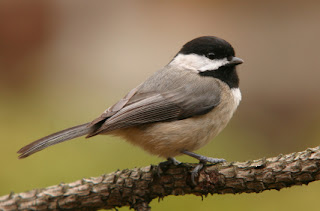There are so many bird seed products out there these days. How is a person to know if one bird seed is better than another? These days, many of the bird seeds in the market are changing composition to include cheaper, lower quality and less desirable ingredients. Has the consumer noticed? I don't know but I am sure their wallet and the backyard birds have. So what is the secret to good, quality bird seed?
When it comes to good bird seed it’s the ingredients in the bag that make the difference. Here’s what to look for when choosing bird seed:
SEED INGREDIENTS IN THE MIX:
What seeds are in the mix? (Look at the seed in the bag and read the mix ingredients which should be listed from highest % ingredient to lowest % ingredient).
- Corn or wheat – a little bit of corn or wheat in a mix might appeal to some ground feeding birds but if you see a high percentage of these ingredients in the mix, walk away. You might as well be feeding squirrels or chickens because all this seed is going to be thrown to the ground under your feeders.
- Milo seed (sorgum): This is a seed that often is uneaten in bird seed mixes.
Choose seeds with more bird preferred Ingredients
- Sunflower (in particular black oil sunflower) is the top pick of seed eating birds. These can be in shell or hulled chips (kernels)
- Nuts: Tree nuts or peanuts are very popular with birds
- Nyjer seed: This small thin black seed is very popular with finches
- Millets: Millet – white, gold and red millet are key birdseed ingredients
- Canarygrass seed: There is a reason it is called “canary” grass or “canary” seed.
Is the seed clean?
- Flax seed, canola seed or other oil seeds: Less popular than the seeds above but still providing high energy food value.
- Are there a lot of sticks or dust in the bag? Is there any sign of webbing or insects? Good seed looks clean and fresh. Is the bag dusty or taped? Seed that has been sitting along time may not be fresh anymore. Choose seed bags that look in good condition.
Remember that not all bird seed mixes are the same and that price is not the only differentiating factor. Remember also that if you want to attract specific birds to your yard that it is better to buy a mix that is specifically designed to attract that type of bird. For example Mother Nature's Finch mix for wild finches, Mother Nature's Jay mix for jays and woodpeckers, Mother Nature's Chickadee mix for chickadees and nuthatches and so on.











